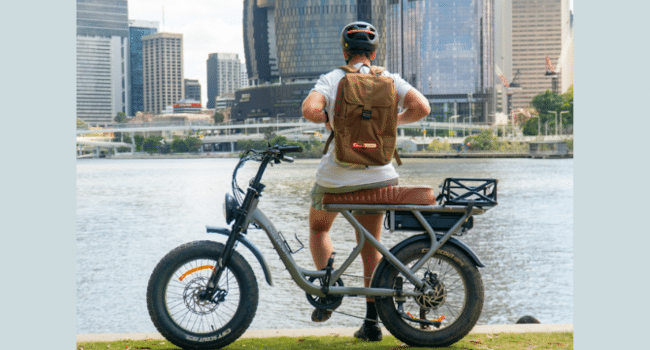Table of Contents
Whether you’re a daily commuter zipping through city streets or a weekend rider exploring new paths, chances are your scooter will eventually meet a puddle or unexpected rain. And that’s okay. Water exposure is more common than you think and it doesn’t have to spell disaster for your ride. With the right steps taken quickly, you can protect the battery, motor, and key components from lasting damage. This guide will walk you through exactly what to do when your scooter gets wet, so you can ride with confidence and keep every journey smooth, safe, and worry-free.
Safety Comes Before Everything
When water meets electricity, safety isn’t optional, it’s essential. The very first thing you should do after your scooter gets wet is power it off completely. Don’t attempt to ride it, don’t press any buttons, and absolutely avoid plugging it in. If the battery is removable, carefully detach it and set it aside in a dry place. These simple actions prevent short circuits, electrical shocks, and further internal damage. Even if the scooter looks fine on the outside, water can linger inside sensitive components. Acting cautiously now sets the stage for a proper recovery and keeps both you and your scooter protected.
Step-by-Step: What to Do Right After It Gets Wet
Once your scooter is safely powered down, it’s time to focus on drying it out properly. Start by wiping down the exterior with a soft, dry cloth to remove visible moisture. Gently tilt the scooter to let trapped water escape from hidden areas like wheel hubs or joints. Leave it indoors in a warm, dry space with good airflow. A fan or dehumidifier can speed things up. Avoid using direct heat sources like hairdryers, which can damage delicate parts. Patience matters here. Giving your scooter at least 24 hours to dry reduces the risk of corrosion and helps it bounce back to peak performance.
Check for Signs of Water Damage
Even after drying, it’s important to check how your scooter responds before hopping back on. Power it on and pay close attention to how it behaves. Are there unusual beeps, warning lights, or error codes? Does acceleration feel weak, or does the motor sound different? These are signs that moisture may have affected internal components like the controller, battery, or wiring. Trust your instincts if something feels “off,” don’t push it. Continuing to ride could turn a minor issue into a costly repair. Spotting these warning signals early gives you the chance to address problems before they become serious.
When to Seek Professional Help
Sometimes, water exposure goes beyond what you can safely handle at home. If your scooter was submerged, soaked for an extended period, or shows persistent issues even after thorough drying, it’s time to call in the experts. A qualified technician can open and inspect internal components, clean out any trapped moisture, and replace damaged parts before they fail. Attempting DIY repairs without the right tools or knowledge might make the situation worse. Think of it as preventative care. A professional check-up now can save you from expensive replacements later and ensure your scooter stays reliable for many rides ahead.
How to Prevent Water Damage in the Future
The best way to deal with water damage is to avoid it altogether. Before heading out, check your scooter’s IP rating to understand how water-resistant it is. Equip it with splash guards, waterproof covers, or handlebar sleeves to shield vulnerable parts from rain. After each wet ride, wipe it down and store it somewhere dry to prevent moisture from lingering. Avoid deep puddles, and steer clear of heavy rain when possible. With a few smart habits, you’ll extend your scooter’s lifespan, keep its performance steady, and enjoy worry-free rides — rain or shine for years to come.
